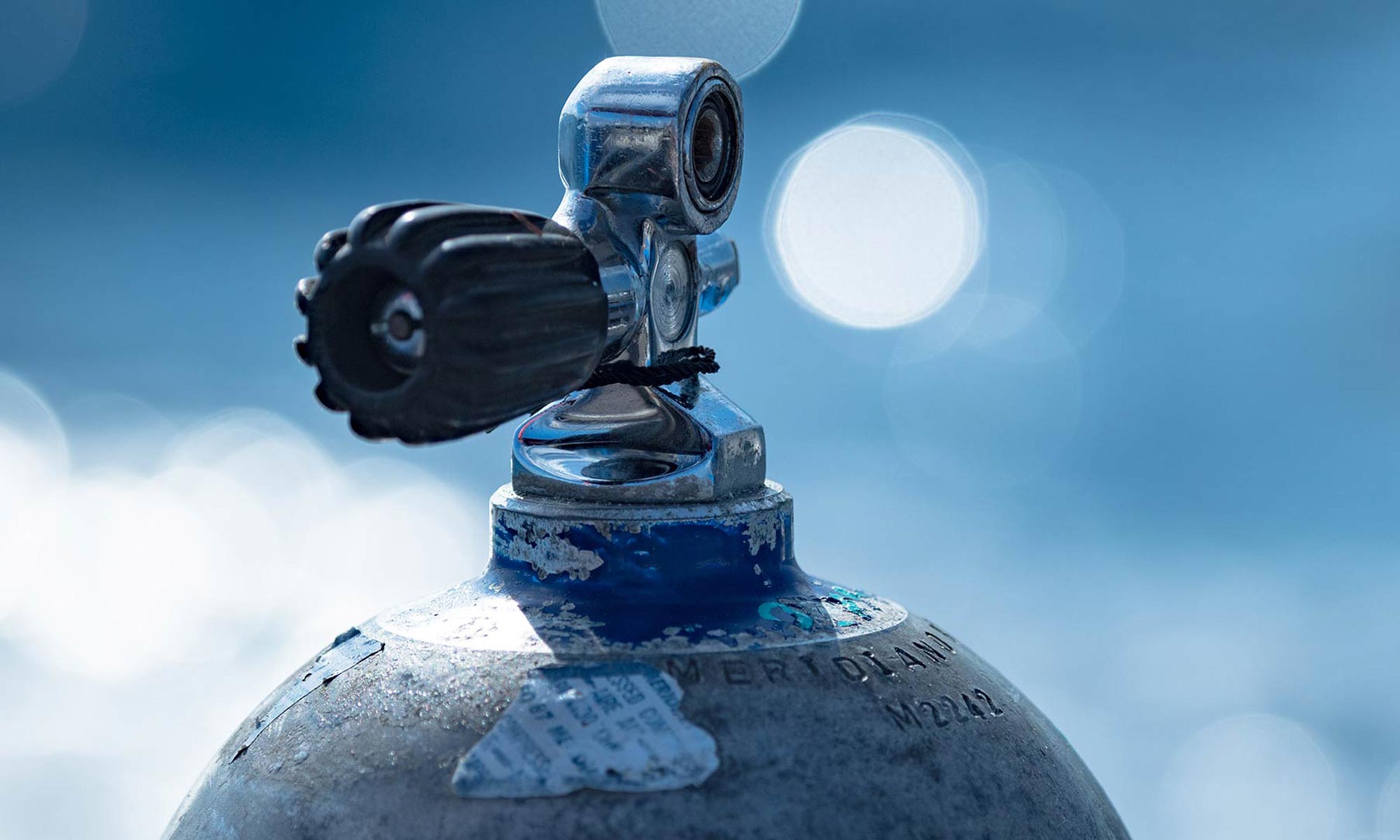OMyMyOHellYes
Contributor
Nah. It's a silly Euro thing. It has no relevance so does not warrant discussion. Actually, from what I have read, it has no relevance to anybody in Europe. Except the French.There's also a 3rd DIN standard commonly called M26 or M26x2 (@OMyMyOHellYes will explain why that's wrong and give us the correct name) which is only used in parts of Europe and is not compatible with anything else. It was introduced in a misguided attempt to separate air and dedicated Nitrox equipment.
But, a K valve would never be found with that connector.






